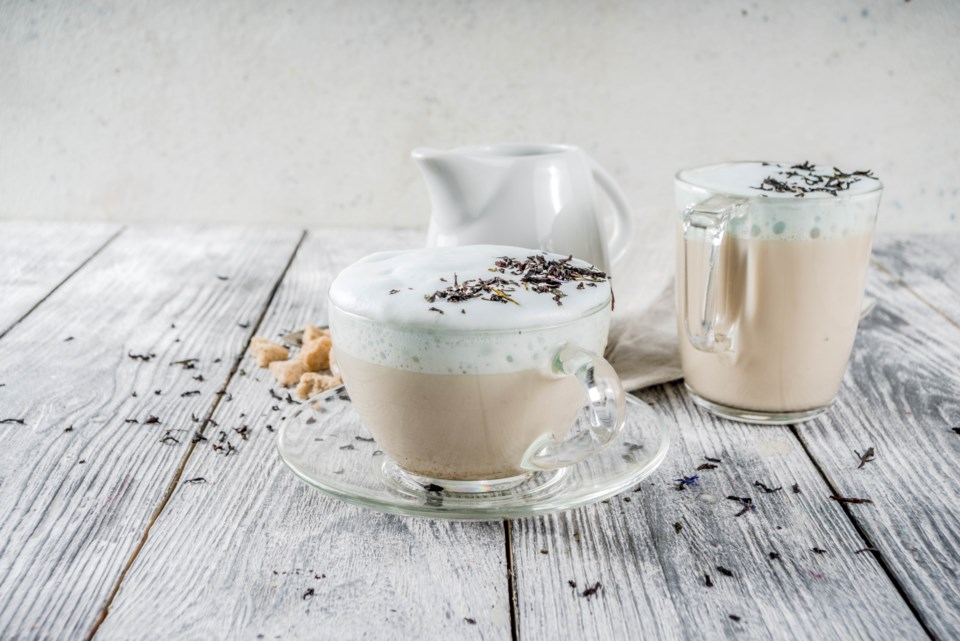Vancouver is known as a place where innovation happens on a regular basis, but how many of the things developed here can you name?
The history of certain items can be muddy for a variety of reasons. Some things slowly develop with additions made over time, other times the inventor is lost to history.
And in some cases, there's a clear start point for some sort of development, or a person that is recorded as clearly having created a new thing.
In these five situations, it's clear where they came from, and that place is Vancouver (or, in one case, just east of Vancouver).
1. The Caulking Gun
Caulk has been around for centuries, most often used to seal boats by smearing it in place. It also started being used in buildings to seal against the weather. It is then maybe not surprising it was invented in a rainy place.
That place turns out to be Chilliwack.
Theodore Witte is said to have been inspired by a cake maker using a piping bag to ice a cake. He took that idea and patented a puttying tool in 1894 that soon became known as a caulking gun.
2. The Jolly Jumper
Olivia Poole grew up on the Ojibwe White Earth Reservation in Minnesota, but moved to North Vancouver later in life.
However, she brought an idea with her when she moved out the coast; the use of bouncing cradleboards to help calm babies.
In 1957, while in North Vancouver, she developed and patented a commercial version which has become a staple for young families. The original factory was in North Vancouver as well.
3. Cosmetic Botox
Many know that cosmetic surgery and botulism share a common ancestor (the botulinum toxin), but not everyone knows Botox was born in B.C.
A pair of Vancouver doctors pioneered its usage in the 1980s, after working with a colleague who used the toxin to treat eye spasms. A side effect was the smoothing of skin around the eyes, which people seemed to like, though doctors didn't think much of it at first. However, word spread.
4. .ca
It may seem like a basic fact of the internet that .ca exists, but it had to find its origin somewhere. It's a country-code top-level domain, and it's not like all of the countries joined up and agreed on the domains all at once.
Instead, it was a bit ad hoc at the time, often with the domains set up by computer scientists (the first six in 1985 were all generic, like .com and .net).
In 1987, after other countries had already started the trend, Canada got on board when John Demco at UBC allocated .ca. However, UBC didn't get the first .ca website, that went to a university on the other coast: the University of Prince Edward Island.
5. London Fog
While it may not sound like a local drink, its origins can be traced back to Kitsilano, and not that long ago.
In 1997 a skeptical barista made Maria Loria a Early Grey tea, but with skim milk, not water. Loria, who was pregnant at the time, was looking to find something to replace coffee, and the idea made sense to her, though not to everyone else.
"I think she was skeptical of it; I vaguely remember her being like 'are you sure?'" Loria says. "It worked, cause I continued to order them."
They're now found in coffee shops around the world.



